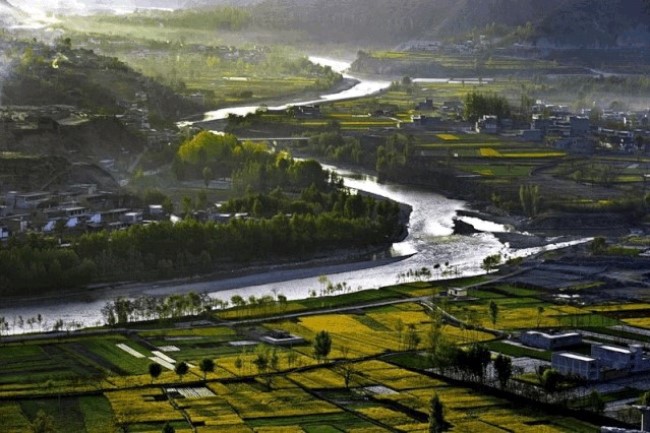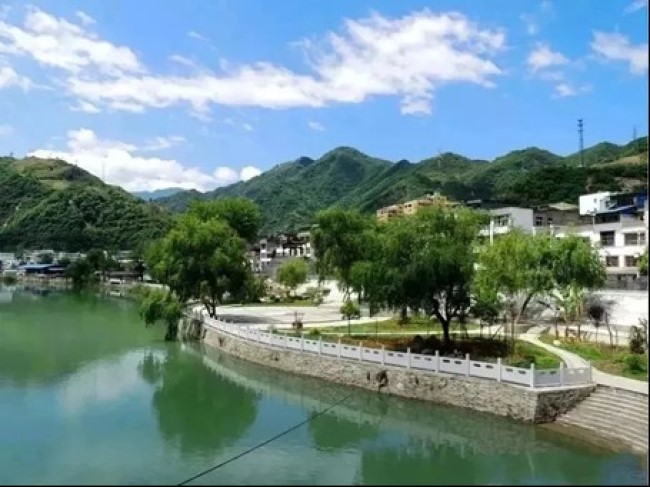Longnan, Gansu province beckons tourists

An aerial rural view of Longnan, Gansu province [Photo provided to gogansu.com]
Longnan is the only city in the Yangtze River Basin area, in Northwest China's Gansu province. Benefiting from a mild climate and abundant rainfall, the area is full of beautiful scenery distinctive from other parts of Northwest China.
Wanxiang Karst Cave

Wanxiang Karst Cave in Longnan, Gansu province [Photo/gscn.com.cn]
Wanxiang Karst Cave, sitting on the south bank of the Bailong River, is a large-scale karst landform that has existed for 250 to 300 million years. It is a reserve of exceptional natural beauty with a fairyland landscape of stalactites in a variety of colors. Tourists are able to enjoy more than 120 large landscapes in the scenic area.
Bikou ancient town

Bikou ancient town in Longnan, Gansu province [Photo provided to gogansu.com]
Bikou town is listed as one of four provincial-level famous ancient towns. Located at the junction of Gansu, Sichuan and Shaanxi provinces, its three major streets are distributed along the Bailong River.
The town began as a water market town in the Ming Dynasty (1368-1644). Through years of efforts, Bikou had become an important port to transport wood and medicinal materials deep in the mountains.
Baima River Scenic Spot of Ecological Folk Custom

Baima River Scenic Spot of Ecological Folk Custom in Longnan, Gansu province [Photo provided to gogansu.com]
Baima River Scenic Spot of Ecological Folk Custom is a national AAAA-level scenic spot, and is the ancestral home of Baima Tibetans.
The local people worship the sun, moon, mountain, river, wind, rain, thunder, lightning, animals and plants. Grand sacrificial activities are held every year for their most revered gods: the ancestor god, the sun god and the grain god.
Caoheba village

Popular food in Caoheba village, Longnan, Gansu province [Photo provided to gogansu.com]
Caoheba village is also a Baima Tibetan town with a history of about a thousand years. It is marked by huge pillars carved with mask totems, houses with red eaves and white ridges, ancient trees, small bridges, and bluestone slab paths.
Visitors are likely to be treated to fantastic mask dance performances and delicious food that combines savory, fragrant, fresh, crispy and tender flavors.
-
As AI encounters Dunhuang's art, the ancient caisson ceiling bridges centuries to the present.
View all stories

 Gansu thrives from green development
Gansu thrives from green development  >
>